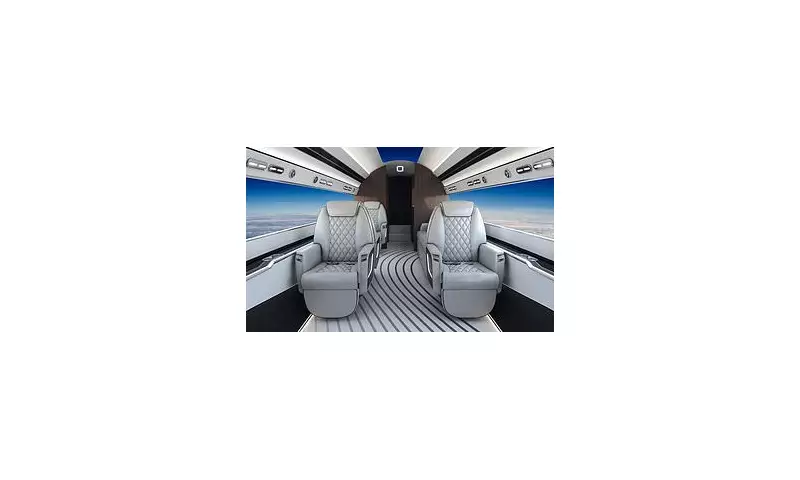
Imagine gazing out of your aircraft window to see breathtaking mountain ranges, only to seamlessly switch to watching the latest blockbuster film on that very same surface. This isn't science fiction – it's the revolutionary future of air travel taking shape today.
The End of Traditional In-Flight Entertainment?
Leading aircraft manufacturers are developing groundbreaking transparent OLED technology that could render traditional seatback screens obsolete. These innovative displays transform ordinary aircraft windows into high-definition entertainment portals while maintaining their transparency.
The technology represents a quantum leap in passenger experience, merging the wonder of flight with cutting-edge digital entertainment. Passengers will enjoy unprecedented flexibility in how they experience their journey through the skies.
How This Revolutionary Technology Works
These aren't ordinary screens – they're sophisticated transparent OLED panels that offer dual functionality:
- Crystal-clear viewing: When switched off, they function as regular aircraft windows
- Vibrant entertainment: When activated, they become high-resolution displays
- Seamless transition: Passengers can toggle between transparency and display modes
- Multiple content options: From films and maps to flight information and augmented reality
Transforming the Passenger Experience
This innovation addresses several longstanding challenges in aircraft design and passenger comfort:
- Space optimisation: Eliminates the need for bulky seatback screens
- Weight reduction: Contributes to better fuel efficiency
- Enhanced comfort: Provides more personal space and cleaner cabin aesthetics
- Customisable experience: Passengers control their viewing preferences
The Environmental and Practical Benefits
Beyond the wow factor, this technology offers significant practical advantages. The reduction in physical components means lighter aircraft and improved fuel efficiency. Airlines could see substantial operational cost savings while reducing their environmental footprint.
"This represents the most significant advancement in cabin entertainment since the introduction of personal screens," notes an aviation industry insider. "We're not just improving existing systems – we're reimagining fundamental aircraft components."
What This Means for Future Air Travel
The implications extend far beyond entertainment. These smart windows could display real-time flight information, interactive maps showing geographical features below, or even augmented reality overlays identifying landmarks during descent.
As the technology evolves, we might see:
- Interactive educational content about flight routes
- Real-time weather and terrain information
- Connectivity with personal devices
- Customisable ambient lighting effects
The aviation industry continues to push boundaries, proving that even the most established elements of air travel – like the humble window – are ripe for reinvention. The future of flight is transparent, interactive, and more immersive than ever before.





